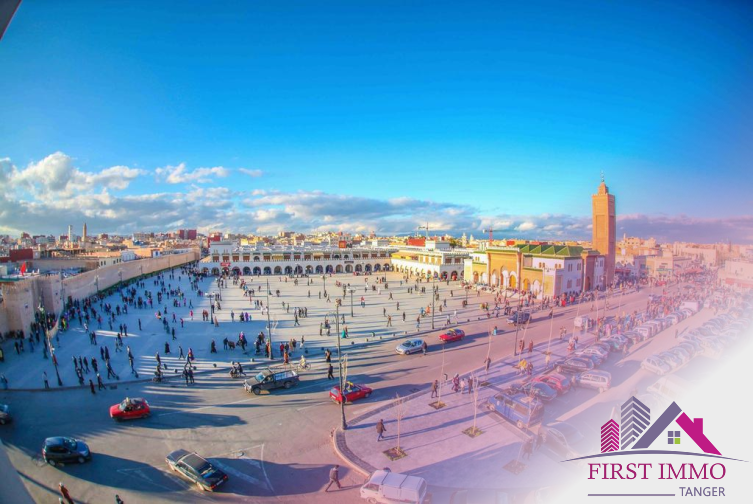
-
84, Bd Mohammed V
-
3ème étage, bureau n°8


3ème étage, bureau n°8


Want to discover Oujda? There are thousands of ways to experiment. The city of Oujda is one of the oldest cities in Morocco due to its history and conservative population.
In the caves around Oujda, there are relics of primitive human activities:
flint, points, etc. Before the Romans arrived, specimens of Stone Age industry were collected near Oujda. Oujda is a border town of Morocco, located in the northeast of the country, on the edge of the Rif Oriental region, near the port of Nador, 5 kilometers from Algeria, it can therefore serve as a crossroads between Morocco and Algeria. There are over a million inhabitants. The Arab-Muslim area of Wageda Medina covers an area of 25 hectares and is home to several monuments of undeniable historical value, it is surrounded by garden belts planted with olive trees, sometimes up to a thousand meters thick. Each garden is surrounded by adobe walls six to six feet high with many holes.
Therefore, these gardens constitute a considerable defense system. It will be there soon, not only will you be able to see the medina, but you will also see the Lalla Aïcha park, which is not far from the medina, stretching over about twenty hectares. Founded in 1935, it is a place of recreation for the inhabitants of Oujda. It offers a beautiful leisure area with swimming pool, sports field, tennis and horse riding club and children's play equipment.
Lalla Meriem Park is designed to relax and provide a museum. The park is also home to the Oriental Tourism Administration. There is also a place to learn Ganati music.
Oujda's superior geographic location is a source of wealth for its prosperity and development.
The city has commercial and tertiary activities, and its economy is mainly based on the smuggling of goods from Algeria.
The long history has given the thousand-year-old city a rich cultural and architectural heritage.
She has witnessed the major events that have taken place in Morocco since the first dynasty reigning over the kingdom. Its charming landscapes and friendly, friendly people are promising. Tourism potential.
The proximity of the State of Oujda-Angad to the main European source markets and the existence of appropriate air, rail and road transport infrastructure further strengthen this potential.
Back in Saïdia, the first stage of the Azur plan in Oujda represents the roads, railways and pedestrian crossings to the east.
With the convenience of road and air transport, the city of Vajda has become a place where European-Sahlo-Maghrebian culture and art merge due to its geographical location.
Oujda is famous for its Medina, bathed in Mediterranean lights, where animation effects often appear, it is also an old city wall, classified as a historical monument since 1949, with two doors Bab Al Gharbi and Bab Sidi Abdelouahab. There is also the old Al Kabir Mosque, the Upper Marinid Medersa, the Dar Essebti Palace, its beautiful colonial architecture and many other prestigious monuments.
The fortified Oujda mainly preserves the memory of the medieval walls. The main Arab historians agree that the creation of the Wahda Foundation is due to the head of Maghraoua Ziri Ben Attia, who built a coffin and a wall in 994.
The medina of Oujda is polygonal and covers an area of nearly 28 hectares.
It preserves the life and organization of the Moroccan medina, the architecture, the atmosphere, the hammam and most of the elements of the Chisaria people, without forgetting the decoration of the lively streets With artisanal products, we surpass ourselves by bringing light , color and charm in every aisle.
The state of Oujda-Angad is famous for its mausoleums and zaouias, and the followers and the population show their respect and admiration.
In Oujda, 11 zaouias are listed and continue to this day to celebrate their peaceful religious activities. The most famous religious site is the tomb of Sidi Yahya.
3ème étage, bureau n°8 - Tanger